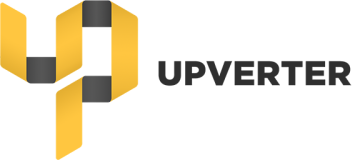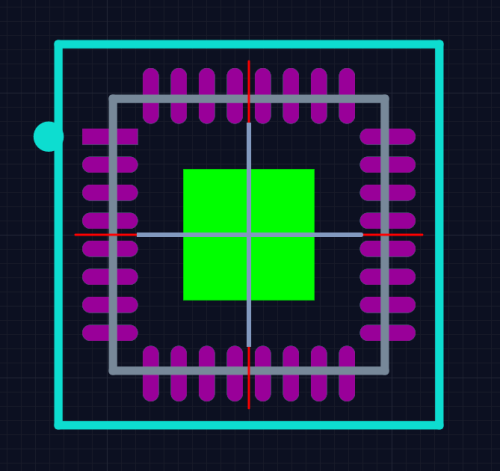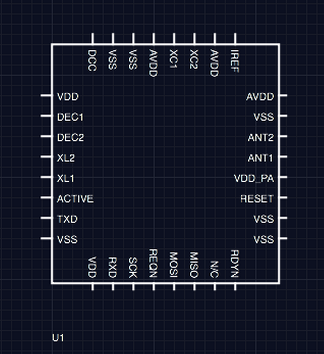Material and Equipment Cost
The most obvious cost, and possibly the worst case scenario is the cost of re-spinning more boards. If the paste mask is wrong a new stencil will cost in the hundreds of dollars. A new stencil will also extend the timeline of the project by a few days so the manufacturer has enough time to have it made. If the board is just plain wrong, fabbing and assembling a new batch of boards can cost in the thousands.If a particular component’s origin is incorrectly displaced off-center in a part design, then the pick-and-place machine will attempt to put the part on the wrong spot on the board. This will result in part losses, so the cost depends on which part is being improperly placed. If the part in question is a processor, an FPGA, a memory module or something similar, it can be a very costly mistake.
Rework costs can vary wildly in terms of both dollars and time. If a pin marking on the silkscreen is wrong, or possibly flipped because it is on the back of the board, then a part may need to be manually removed and resoldered correctly. For simple parts this may cost only a few minutes per board and a total of 1 day of delay. For more salvaging and reworking more expensive parts, such as a BGA, this may mean spending hours on each board to remove, clean, reball and resolder each BGA and take around a week in total. Expect to pay around $300 per hour for your rework time, making this an important costly decision.
For a small batch of prototype boards (5-10 boards), expect a re-spin to cost in these ranges:

The cost of PCBs are driven up by increased set-up time for the manufacturer due to higher component counts, higher parts costs for expensive ICs like processors or FPGAs, parts that require an conformal coating and thus curing time, and complex mechanical assemblies.
Testing & Debugging Cost
If a symbol or footprint has an error, any resulting malfunctions can take a long wild goose chase to track down the root cause. Hours and days of engineering time can be wasted before it’s determined that the malfunction is as a result of an unverified part design. If a part is placed in the wrong orientation, it could drive high current through a part of the board and damage further components on it. You might not notice this problem until you’ve noticed the cascade of damage on the board. These boards could initially pass quality control and then provide a challenging debug project for an engineer, or fail to work properly in the field. Assuming that engineering time costs companies around $50-100 per hour, it is definitely a huge financial risk to have engineers spending their time on debugging instead of on designing.
Expediency Cost
Usually, a small batch of prototype boards can be completed by a manufacturer in around 2 weeks. However, when an error is found and a re-spin is ordered, companies often want to avoid waiting another two weeks and will have their next batch of boards expedited. If you’re expediting from 2 weeks to 24 hours, expect to pay double for the second batch of boards.
Time to Market Cost
The alternative to paying expediency costs is to delay the launch of the project by a few weeks or months. The cost of the delay depends widely on your market and on your competitors, but it can easily become unmanageably large. Consider that many markets have seasonal milestones they must hit with their products, whether they are targeting a launch at a specific industry conference or trade show or whether it’s a large consumer electronics company trying to hit the Christmas deadline. These market windows must be hit.
There are several things to consider when evaluating the time to market cost, but know that it typically results in an increase in sunken research and development cost, a decrease in sales life, and a loss of market share.

You can find many calculators online that can help you determine the cost of going late to market, but a general optimistic estimate would be 2% of total profit is lost for every month a product is delivered late.
So if you shudder at the thought of throwing money away needlessly, know that using verified parts is far from needless – it’s essential.




















